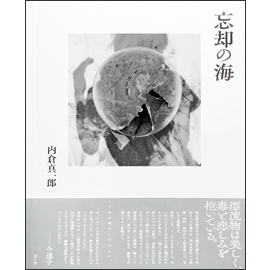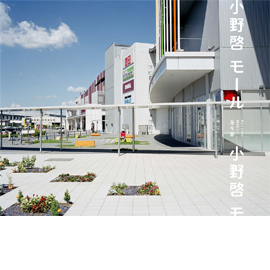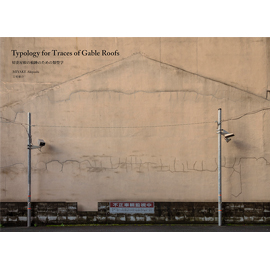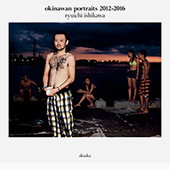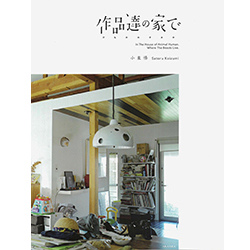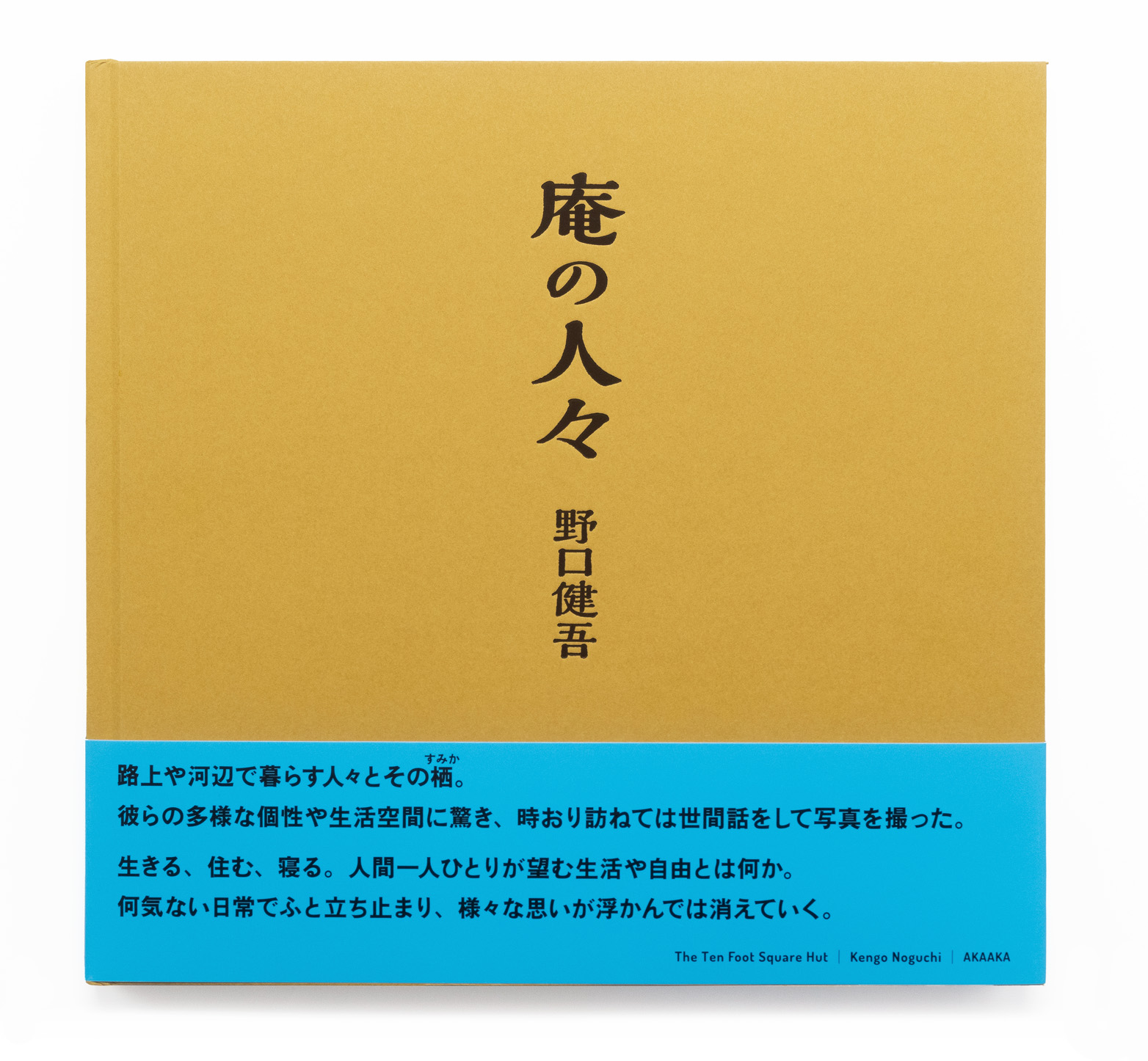
野口健吾『庵の人々』
発行:赤々舎 Size:H250mm x W260mm Page:136 pages Binding:Hardcover Published in April 2025 ISBN:978-4-86541-177-5 |
¥ 3,500+tax
国内送料無料! お支払い方法は、PayPal、PayPay、Paidy 銀行振込、郵便振替、クレジットカード支払いよりお選び頂けます。 |
|---|
About Book
住まうこと、生きること。路上や河辺で暮らす人々とその 栖 。
The Ten Foot Square Hut
Kengo Noguchi
These are the people who live in dwellings on the streets and by the riversides.
I was amazed by the diversity of their personalities and living spaces,
and visited from time to time to make small talk and photograph them.
To live, to inhabit, to sleep. What kind of life and freedom does each human being desire?
In the ordinary course of daily life, I stop to think about it. Various thoughts come to mind and then disappear.
Starting around my late teens, I would tuck my camera into a backpack and travel with a free spirit through rural areas. I would look for cheap hotels to stay at, or pitch my tent outside at campgrounds, all while taking photographs along the way.
However, when I was in Tokyo, I wandered around the city indulging in the pleasures of urban life. I sometimes found myself drinking with people I came across who were houseless and living on the streets, and captured them in photographs as I listened to their bitter and sweet stories from the past.
During my rural travels with no plans on where I would sleep each night, and while roaming aimlessly through city streets, I began to wonder how people managed to live by riverbanks and in parks inside of makeshift huts, blue tarpaulin sheets, and tents. What sort of lives did they lead? I decided to visit them and ask about it.
Most of them said they made a living collecting aluminum cans and other things that had been thrown away, while improvising to make do with the bare necessities of life. It's not difficult to imagine that some people live this way out of economic necessity. But there are also many people who embrace this way of life out of personal preference. Great diversity is to be found in the human narratives that unfold within living spaces resource- fully fashioned out of still functional discarded items that are the product of this coun- try's system of mass consumption and disposal.
Several names are used to refer to these people, such as "homeless" or "park inhabit- ants." But as I continued to talk with and photograph these people, I came to feel that none of those names were suitable. Each person had their own living environment in a makeshift hut or temporary dwelling, so I began referring to them as iori* people.
*The Japanese word iori signifies the austere temporary dwelling of a recluse or hermit.
Whenever I visited iori people, I had the sensation of wandering into an imaginary space, something like an air pocket removed from the clamor of the city, where I could remember things forgotten amid the busyness of daily life. I became aware of biases held by society and in my own thinking regarding freedom, what should be accessible or avail- able to the general public, conformity to social norms, and what constitutes common sense. With this awareness, I felt my perspective on the fabric of everyday life undergo a gradual shift.
From ancient times, people have sought out ascetics in the desire to learn their beliefs and philosophies and to discover the ultimate meaning of human existence.
"The flow of a river's water never ceases and the water flowing by is never the same." (Kamo no Chomei, Hojoki)
On repeated visits, I might find an iori dweller doing well as usual and nothing we talked about was particularly different from our previous conversations. Conversely, a dwelling might have been repaired and enlarged, had someone else living there, or might even be gone without a trace, destroyed by some disaster or construction work. The flow of time is not consistent. A temporary dwelling itself can be likened to the unknown fu- ture and life not yet experienced.
Within distant and eternal spacetime, they become memories and eras endlessly cycled and repeated.
Extracted from the afterword by Kengo Noguchi
Related Exhibitons
|
野口健吾「庵の人々」出展 「つくるよろこび 生きるためのDIY」展 会期:2025年7月24日(木)~10月8日(水) 時間:9:30~17:30(金曜日は20:00まで 最終入館30分前まで) 月、9/16(火)休み ※ただし、8/11(月祝)、9/15(月祝)、9/22(月)は開室 |
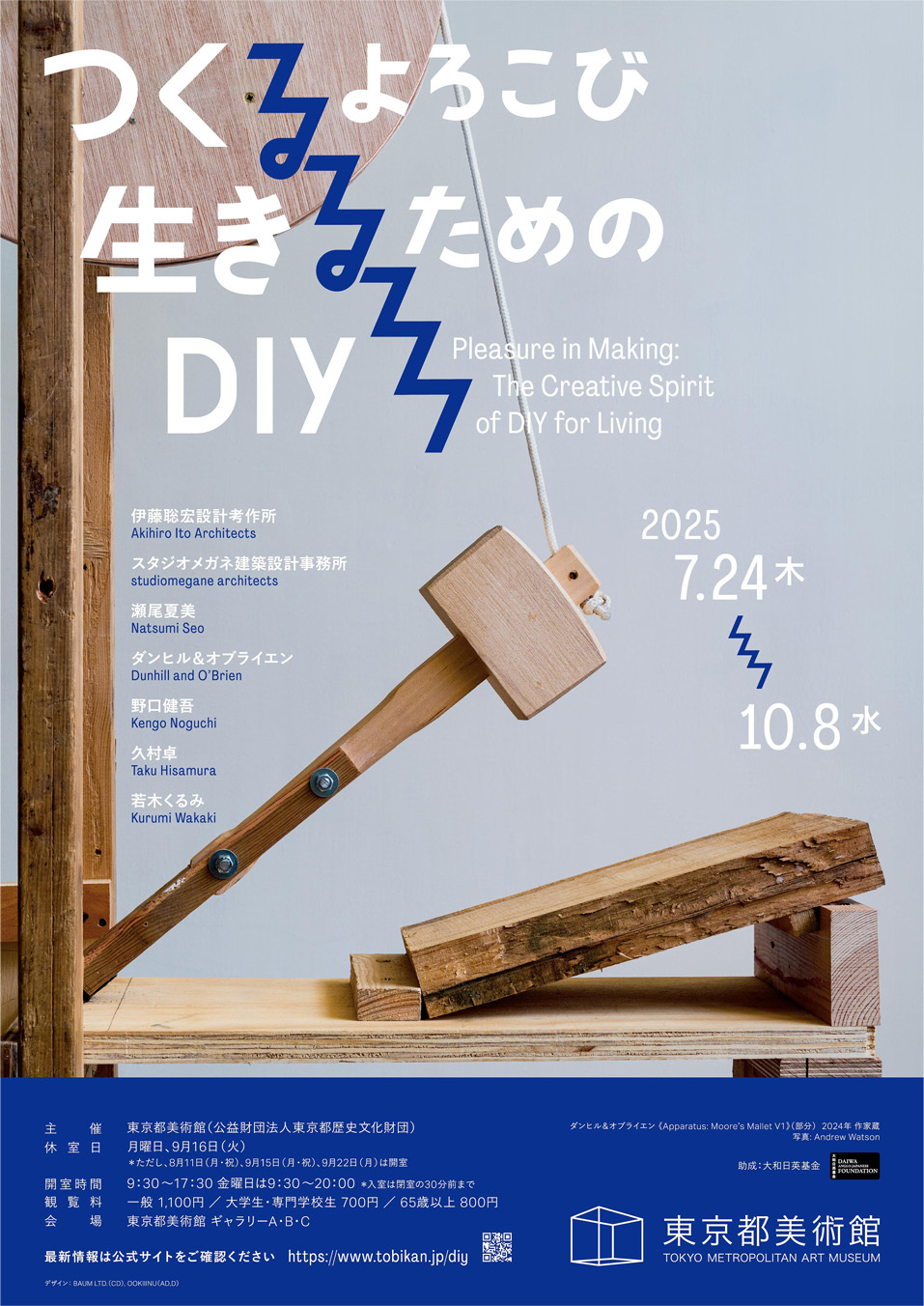
|
Artist Information
野口健吾
1984年 神奈川県生まれ
2007年 立教大学社会学部卒業
2013年 東京藝術大学大学院美術研究科修了
2016年 ポーラ美術振興財団在外研修員として渡印
2018年 吉野石膏美術振興財団在外研修員として渡米
主な展示
2020 「Along The Way」 エプソンイメージングギャラリー epSITE/東京
2019 「庵の人々 2010-2019」 銀座ニコンサロン、 大阪ニコンサロン/東京、大阪
2016 「Your Life Is Not Your Own」 黄金町エリアマネジメントセンター/神奈川
2016 「Family Affair」 新宿ニコンサロン、 大阪ニコンサロン/東京、大阪
2015 「Live Your Own Life」 Bright Photo Salon/ 東京
Kengo Noguchi
1984 Born in Kanagawa, Japan
2007 Graduated from the College of Sociology, Rikkyo University
2013 Completed the Master's program in Inter-Media Art in the Graduate School of Fine Arts, Tokyo University of the Arts
2016 Traveled to India on a Pola Art Foundation Fellowship
2018 Traveled to the United States on a Yoshino Gypsum Art Foundation Fellowship
Major Exhibitions
2020 Along The Way (Epson Imaging Gallery epSITE, Tokyo)
2019 The Ten Foot Square Hut 2010-2019 (Ginza Nikon Salon, Tokyo; Osaka Nikon Salon, Osaka)
2016 Your Life Is Not Your Own (Koganecho Area Management Center, Kanagawa)
2016 Family Affair (Shinjuku Nikon Salon, Tokyo; Osaka Nikon Salon, Osaka)
2015 Live Your Own Life (Bright Photo Salon, Tokyo)
.
Related Items

|
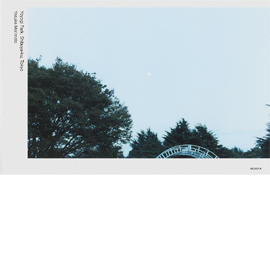
|
|
|
|---|
|
|
|
|
|---|

